Deadlifts are an essential exercise in strength training, offering a powerful way to build muscle mass, increase whole-body strength, and monitor your progress. Within the fitness community, there’s an ongoing debate regarding the comparative benefits of the conventional deadlift versus the Romanian deadlift. Both exercises are staples in many workout routines, but they serve distinct purposes and target different muscle groups. In this article, we’ll break down the key differences between these two types of deadlifts, explore their benefits, and guide you through proper technique to maximize your gains. By understanding the difference between the Romanian deadlift and deadlift, you can decide which one is best suited to your fitness goals.
Traditional Deadlift
The conventional deadlift, often referred to simply as the deadlift, is a fundamental strength training exercise. At first glance, it might seem straightforward: you lift a heavy object off the floor and then lower it back down. However, experienced lifters know that the deadlift is much more than just raw power. Proper technique is crucial to not only lifting more weight but also avoiding injury.
Benefits
The conventional deadlift is a powerhouse exercise that works multiple muscles in your posterior chain, including your quadriceps, trapezius, latissimus dorsi, erector spinae, glutes, and hamstrings. Your core and lower back muscles play a significant role in stabilizing your spine as you lift, while your hip joints flex and extend to support the movement.
One of the greatest advantages of the traditional deadlift is its accessibility. Whether at a commercial gym with a full rack of equipment or at home with just a barbell and plates, the deadlift can be adapted to any fitness level by adjusting the weight. It’s a versatile exercise that can fit into almost any workout routine. When comparing the rdl vs. deadlift, it’s clear that the traditional deadlift engages a broader range of muscles, making it ideal for overall strength development.
How to do it
To perform a traditional deadlift:
- Stand with your feet hip-width apart, the barbell on the floor in front of you.
- Bend at the waist and grip the bar with both hands, keeping your hands about shoulder-width apart.
- Bend your knees until your shins touch the bar. Lift your chest, brace your core, and maintain a straight back.
- Push your feet into the floor and stand up, keeping the bar close to your body.
- At the top of the lift, pull your shoulders back and straighten your spine. Pause, then lower the bar back to the floor in a controlled manner.
Mastering this technique will ensure that you engage the correct muscles and prevent injury, making the most of your deadlifting efforts.
The Romanian Deadlift
While the Romanian deadlift shares some similarities with the conventional deadlift, it’s a distinct exercise with its own benefits and technical nuances. The key difference lies in the movement: in a Romanian deadlift, you bend at the hips while keeping your knees relatively straight, and the bar doesn’t touch the floor between reps. This distinction is crucial when considering the Romanian deadlift vs. deadlift, as it alters the muscle engagement and movement pattern.
Benefits
The Romanian deadlift targets the glutes and hamstrings more intensively than the conventional deadlift, making it an excellent exercise for those looking to build strength in their lower body. It’s also a great way to improve your conventional deadlift performance, as it helps to develop the posterior chain muscles critical for lifting heavier weights.
Like the traditional deadlift, the Romanian deadlift is accessible and can be done with minimal equipment, making it a valuable addition to any home gym setup. Understanding the difference between Romanian deadlift and deadlift helps in choosing the right exercise for specific muscle group targeting.
How to do it
To perform a Romanian deadlift:
- Start with the barbell in your hands, standing with your feet hip-width apart.
- Keeping your back straight, push your hips back and lower the bar down your shins, maintaining a slight bend in your knees.
- Lower the bar until it’s just below your knees, then pause.
- Drive your hips forward and return to the starting position, keeping the bar close to your body throughout the movement.
The focus here is on controlled movement and muscle engagement, which helps to develop both strength and flexibility in the hamstrings and glutes.
Which Deadlift is Better?
Now that you understand the difference between the Romanian deadlift and deadlift, you might wonder which one is better suited to your goals. The truth is, neither is inherently better; both exercises offer unique benefits that can complement each other in a well-rounded strength training routine.
When to Choose Traditional Deadlifts
The conventional deadlift is ideal for those aiming to build overall body strength and muscle mass. It engages more muscles than any other exercise, making it highly efficient for strength development. If your goal is to increase your lifting capacity, improve functional strength, or prepare for Olympic weightlifting, the conventional deadlift should be a staple in your routine.
When to Choose Romanian Deadlifts
The Romanian deadlift is perfect for those looking to target their hamstrings and glutes more directly. It’s also a safer option for beginners or those with lower back issues, as it involves less spinal compression and uses lighter weights. Additionally, incorporating Romanian deadlifts into your routine can help you develop the muscle control and stability needed to improve your conventional deadlift performance.
Deadlift Safety
As with any exercise, safety is paramount when performing deadlifts. Given the heavy weights involved and the strain placed on your back and spine, it’s essential to use proper form to avoid injury. Here are some key safety tips:
- Keep the Bar Close: Always keep the barbell as close to your body as possible to minimize strain on your lower back.
- Focus on Your Legs: Remember that deadlifting is primarily a leg exercise. Avoid using your arms to jerk the weight off the floor, as this can lead to poor form and injury.
- Maintain a Neutral Spine: Avoid arching or rounding your back during the lift. Keeping your spine neutral will protect your back and ensure that you’re using the correct muscles.
- Avoid Bouncing the Bar: When doing conventional deadlifts, don’t let the bar bounce off the floor between reps, as this can cause the bar to move away from your body and increase the risk of injury.
If you’re new to deadlifting, consider working with a coach or trainer to develop good form before attempting heavier weights. Proper technique will help you lift safely and effectively, allowing you to reap the full benefits of this powerful exercise.
Conclusion
Both the conventional deadlift and the Romanian deadlift are valuable exercises that offer unique benefits. By incorporating both into your strength training routine, you can develop a well-rounded physique, increase your lifting capacity, and reduce the risk of injury. Remember, the key to success is not just in lifting heavy but in lifting smart. Invest in quality equipment, prioritize proper form, and listen to your body to achieve your fitness goals safely and effectively.

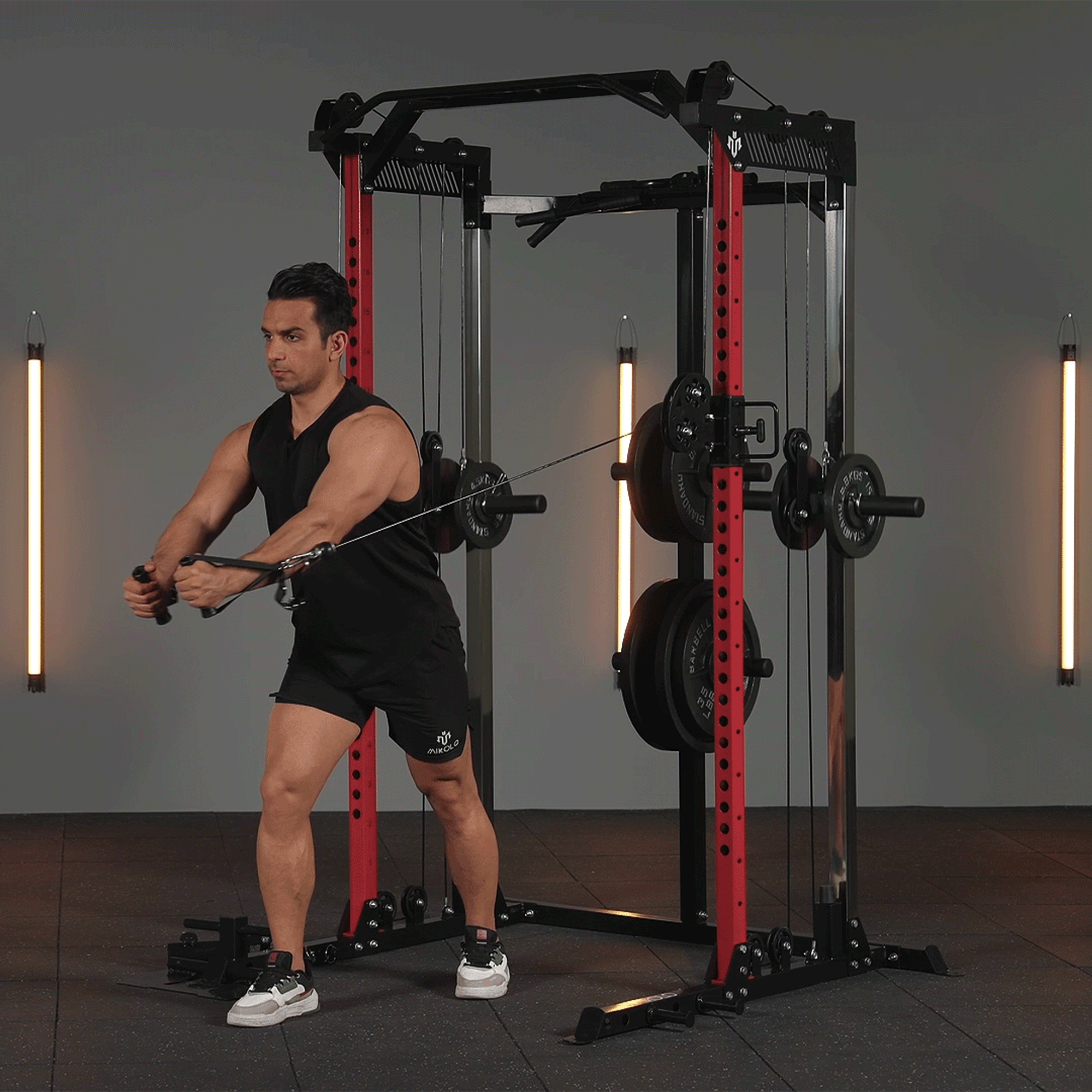




















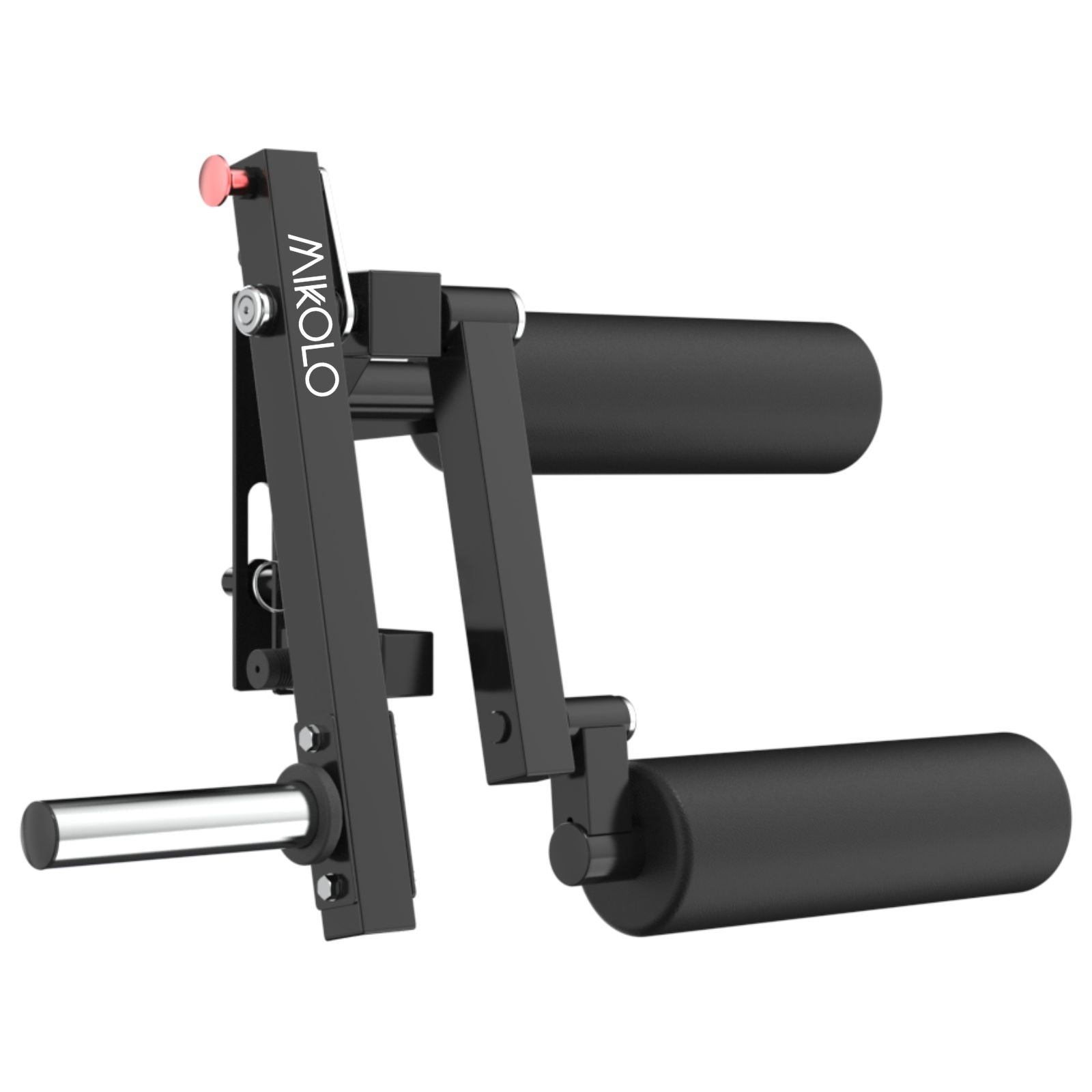















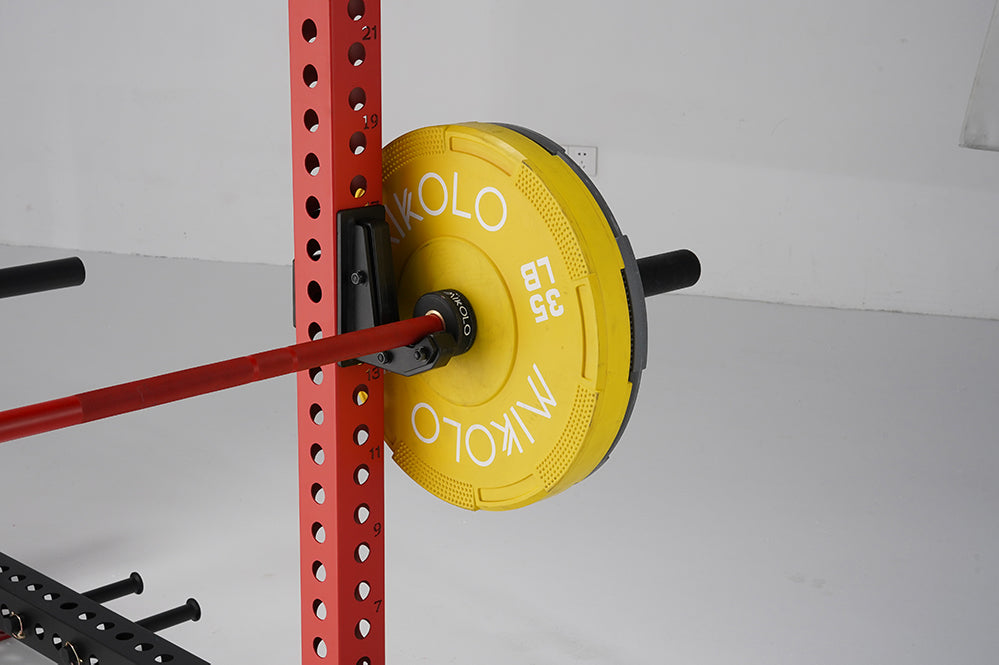
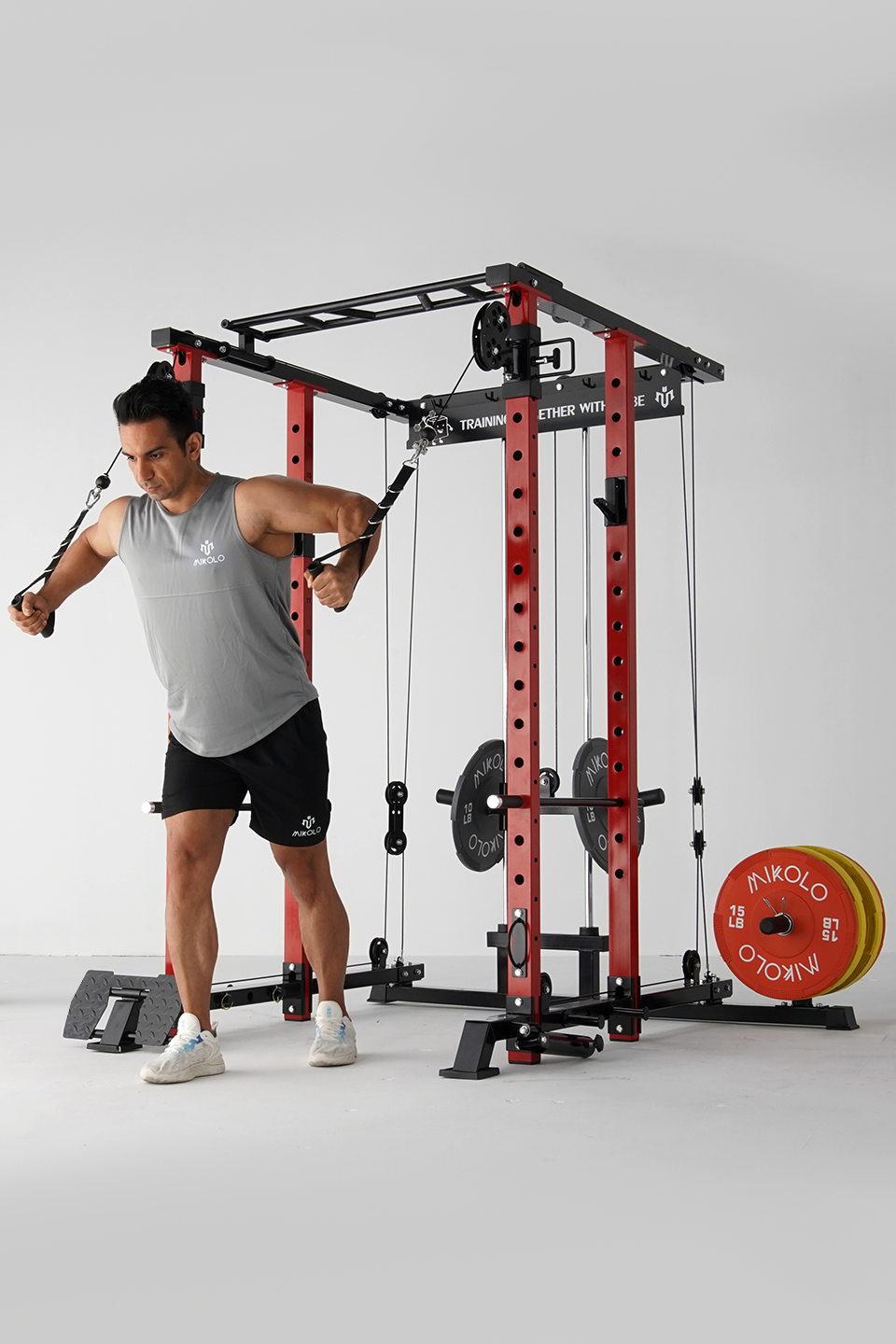
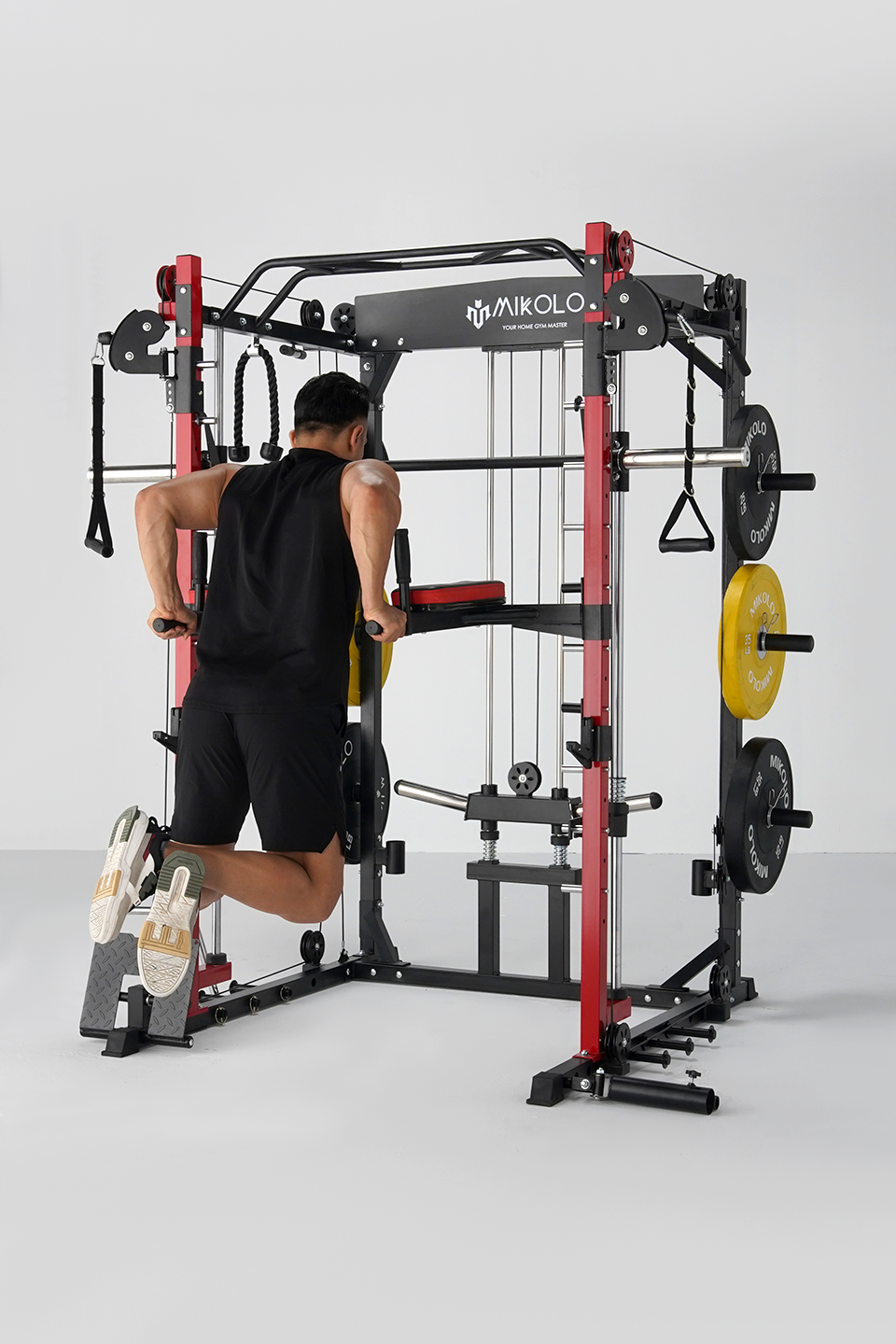


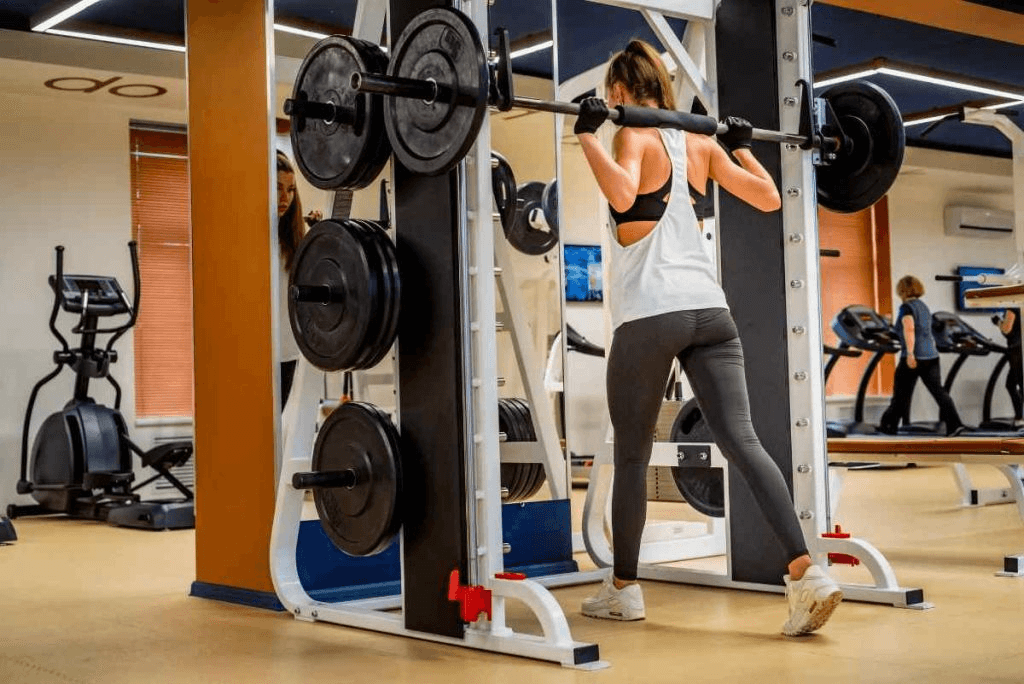
Leave a comment
This site is protected by hCaptcha and the hCaptcha Privacy Policy and Terms of Service apply.